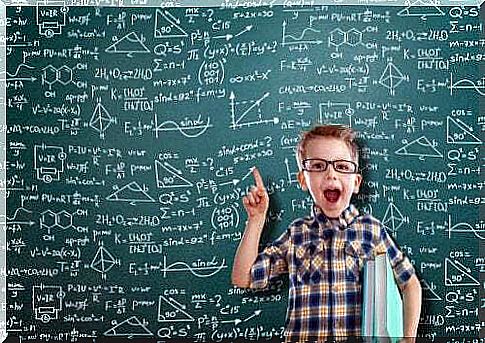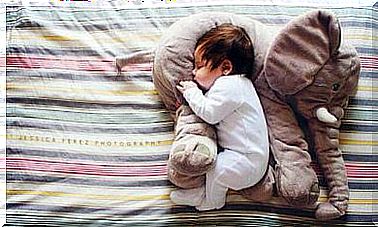Kolb’s Test To Determine Learning Styles

Each person is different from the other. This means that we have different characteristics but also different ways of perceiving and processing information. The Kolb test, developed by David Kolb to determine learning styles, is an interesting tool that teachers can use to identify their students’ different ways of learning. Let’s see together what it consists of.
What is a learning style?
A style can be defined as a peculiar characteristic that defines a person. If we use this word in relation to learning, a style is someone’s way or manner of learning.
Therefore, if learning means knowing, for this, there will be various ways to do it, depending on the personal intellectual characteristics of the student. Learning style is also defined by how a person prefers to learn things.
So, taking into account personal characteristics and preferences, it will be easier for some to learn something new by studying from notes or books, while for others it will be easier to understand through examples. There are also people who choose to study using exercises, schemes or concept maps.

The Kolb cycle and test to describe learning styles
Education scholar David Kolb theorized a categorization of learning styles. To do this, consider two dimensions necessary for acquiring knowledge. On the one hand, the perception of the environment, which we access through:
- Concrete experience (CE).
- Abstract conceptualization (CA).
On the other hand, the processing of the information we acquire through:
- Active Experience (EA).
- Reflective observation (OR).
The following four learning styles derive from the combination of these processes:
- Convergent (CA + EA). Rational and practical person, pragmatic, organized, analytical, more oriented towards things than towards people. Can solve problems by applying deductive hypothetical reasoning.
- Divergent (EC + OR). Those who adopt this style favor the imagination and consider different perspectives for solving problems. They are said to be kinesthetic and learn with movement. Furthermore, they are flexible, creative, spontaneous and are inclined towards experimentation.
- Assimilative (CA + OR). They are less sociable individuals, more hermetic, characterized by being more theoretical and reflective. They operate by reasoning according to an inductive and observational logic until they reach abstraction and theorization. They are very organized and methodical.
- Adaptive / Accommodating (EC + EA). They are people who tend to take part in new things with great intuitive ability. They are pragmatic, since after having analyzed and discarded different theories, they are able to relate aspects and contents. In addition, they adapt to different circumstances and behave well with others.
Kolb’s test for determining learning styles
The test consists in responding to simulations of learning situations through four response options. A score of 4 will be assigned to the situation that gives the greatest benefits during learning and 2, 3 and 1 to the others, according to this criterion of effectiveness.
Therefore, the Kolb test uses a table and a coordinate system to calculate and establish scores and results. The aim is to determine a student’s learning mode (EC, OR, CA, EA) and the different learning styles (convergent, divergent, accommodating and assimilative).

Final remarks
We must keep in mind that the Kolb cycle and test do not clearly describe students’ learning and their differences, but rather guide and help teachers to better understand the most used and repeated learning strategies by their students. Educators should also consider, individually, a combination of the styles described by the Kolb test.
Finally, the importance of having tools such as the Kolb test means that educators can adapt their teaching to the different learning styles of their students. In this way, they will achieve much more effective educational results.









